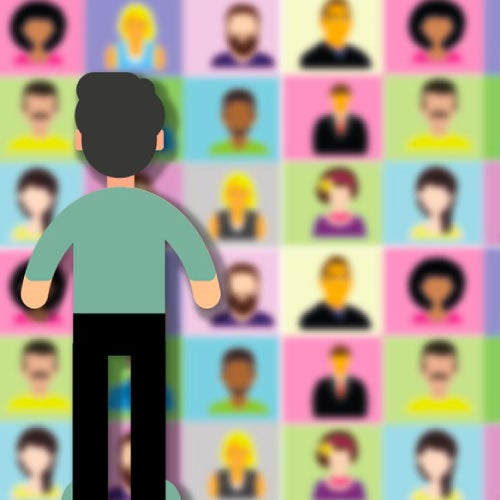Feeling forlorn as you navigate your way through yet another virtual meeting? You’re not alone.
While Zoom was an undeniable lifesaver in the early days of the pandemic, overuse of the digital platform has come with an unforeseen side effect: Zoom fatigue. An all-too-common 2021 condition, Zoom fatigue is an unintended consequence of our “new normal” as we long to connect in person again.
For better or for worse, Zoom is here to stay. But with the proper tools in place, Zoom fatigue can be managed and minimized.
What is Zoom fatigue?
If you’ve ever felt utterly exhausted and hopeless in this COVID-shifted way of life as you jump from one Zoom room to the next, chances are you’ve felt Zoom fatigue.
It can manifest as dreading the idea of logging into an online meeting, dying to turn your camera off, or even logging into a Zoom room and realizing you have no idea what you signed up for or what you’re doing there. You may even find yourself tempted to shut down your computer altogether.
When you are burnt out in this way, it can be extremely difficult to engage, or even find the energy to focus.
How can attendees manage Zoom fatigue?
Attending a Zoom meeting or event? If so, there are several practices you can put in place to address Zoom fatigue.
To combat distraction, try putting yourself in a “Zoom zone.” Shut down all electronics that might get in the way of your experience, and focus your energy on writing down any notes or questions that arise during the presentation. Get comfortable with a notebook and a hot cup of tea, and remember what led you to sign up for the meeting, presentation, or webinar.
While virtual events can be overwhelming, the current state of the world has increased access to many different presenters that you may not have had the chance to learn from pre-pandemic. Think of each Zoom session as an opportunity to try something new—the possibilities are truly endless.
How can presenters keep participants engaged?
When it comes to Zoom, audience engagement hinges on cultivating an enjoyable experience for participants. This includes:
- developing relevant material
- capping presentations at a reasonable time limit (no more than 40-60 minutes)
- turning on your video, so participants can feel connected to you as you dive into the topic at hand
If you’re speaking about a less-than-flashy topic (trademarks, anyone?), be sure to focus on breaking the presentation into bite-sized pieces and add visually engaging materials to help keep your audience involved and interested.
The gift of gratitude
The key to navigating the ins and outs of Zoom fatigue? Appreciation for the opportunities we do have. At the end of the day, it’s not all bad news.
Even if the reasons behind society’s current Zoom marathon feel unsettling and jolting, we are lucky to live in a time in which we can continue to learn and grow in a virtual setting.
With the right attitude, Zoom fatigue can be transformed into Zoom gratitude!




